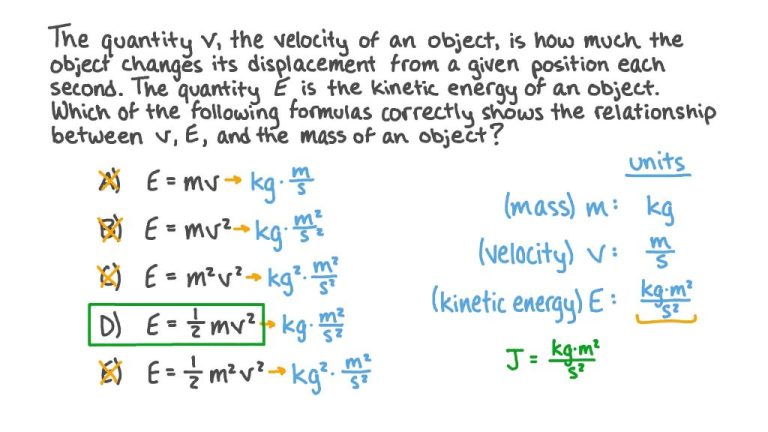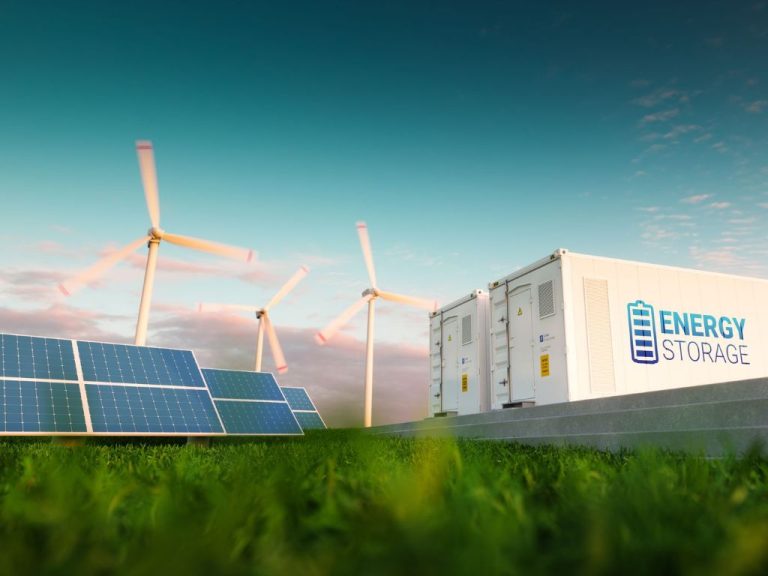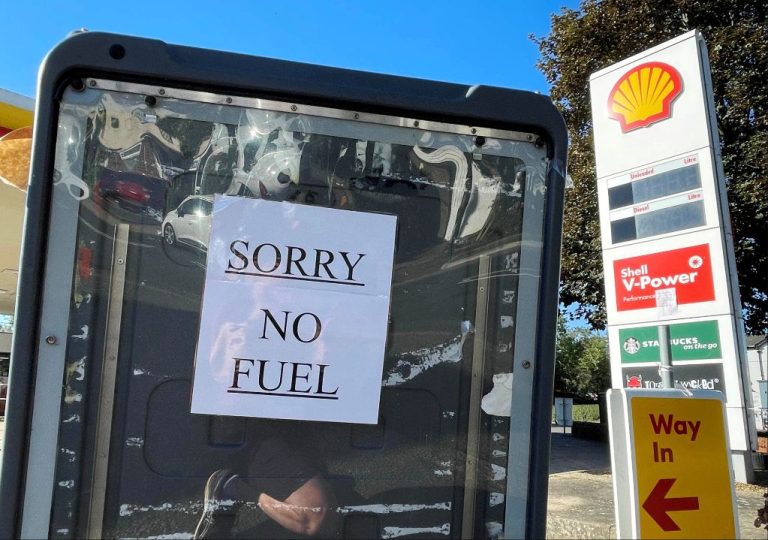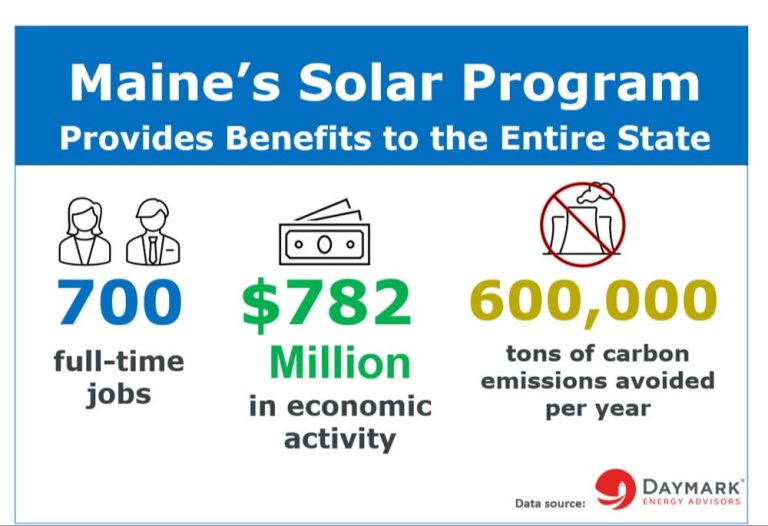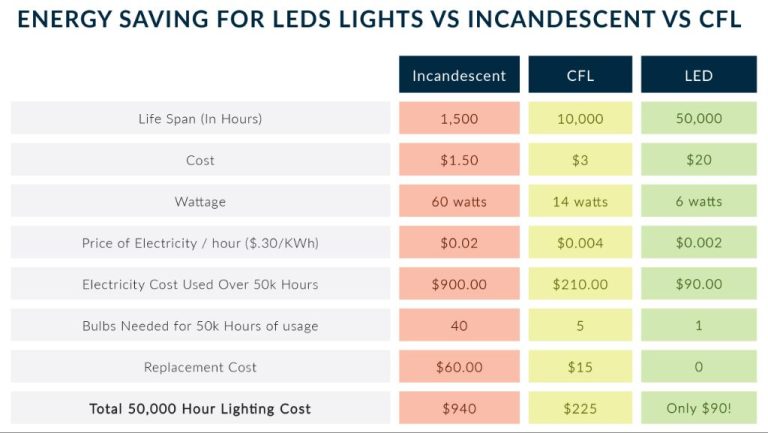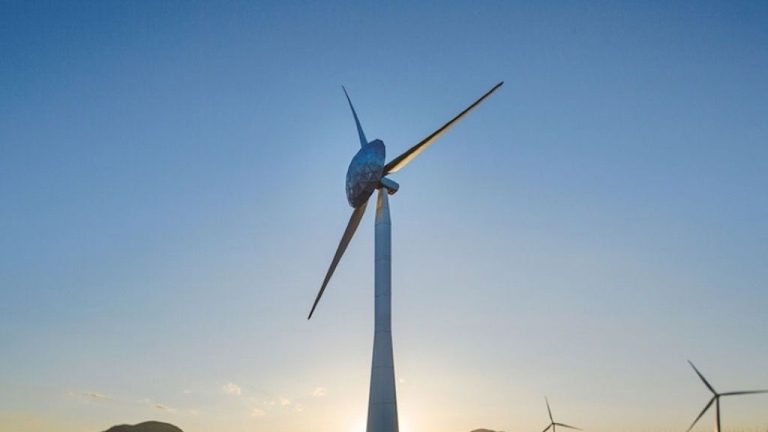What Is The Cost Of A Power Plant?
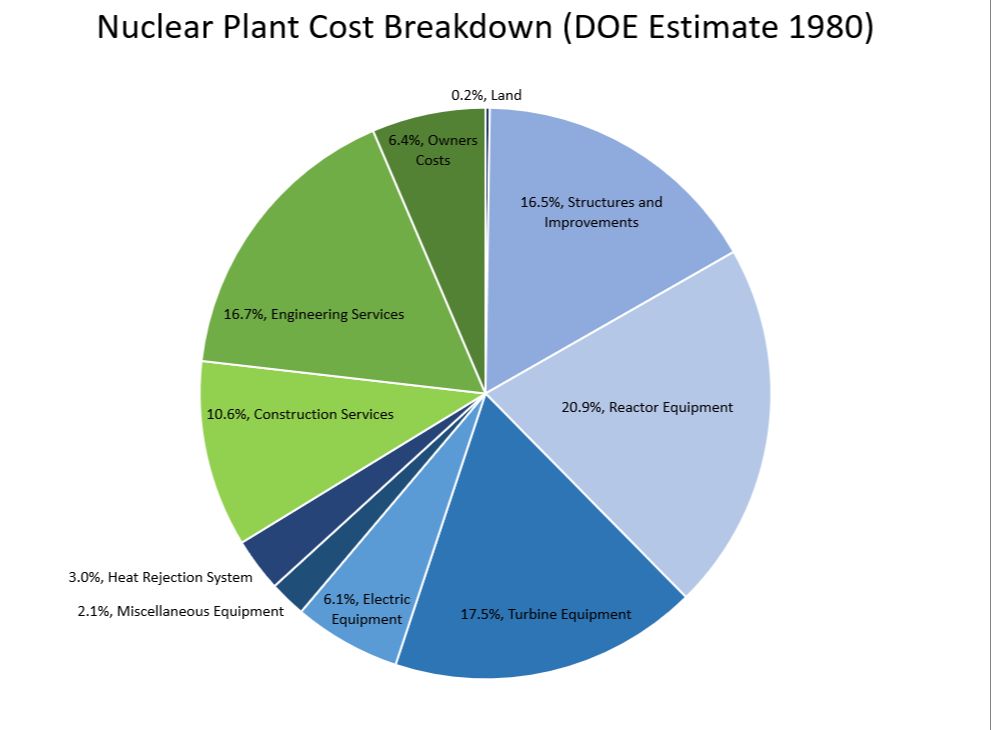
A power plant is an industrial facility that generates electricity from primary energy sources like fossil fuels, nuclear fuel, or renewable energy sources (1). There are several different types of power plants, including thermal plants, nuclear plants, hydroelectric plants, gas turbine plants, diesel plants, and renewable plants like solar photovoltaic, wind, geothermal, and biomass.
The most common type of power plant is a thermal power station that uses fuel sources like coal, oil, or natural gas to heat water into steam, which then spins turbines to generate electricity (2). Coal and natural gas plants make up around 63% of electricity generation globally. Other major types are hydroelectric (16%), nuclear (11%), and renewables like wind, solar, geothermal (10%) (3).
Power plants convert primary energy into electrical energy that can be used to power homes, businesses, and industries. The type of fuel and technology used affects the plant’s efficiency, costs, environmental impacts, and more.
(1) https://www.merriam-webster.com/dictionary/power%20plant
(2) https://energyeducation.ca/encyclopedia/Power_plant
(3) https://en.wikipedia.org/wiki/Power_station
Construction Costs
The construction costs of nuclear power plants are significantly higher than for coal- or gas-fired plants. This is because nuclear plants need more complex safety systems and features due to the radioactivity of the materials involved. According to the World Nuclear Association, construction costs for nuclear plants in Western Europe and North America ranged from $2,963-7,248 per kilowatt of capacity in 2019 dollars [1]. By comparison, construction costs for coal-fired plants ranged from $974-2,936 per kilowatt, while combined-cycle gas turbine plants ranged from $780-1,095 per kilowatt.
The high upfront construction costs for nuclear plants can be a barrier, even though fuel costs are much lower than fossil fuel plants over the lifetime of the plant. New reactor designs aim to reduce complexity and construction times to lower nuclear’s high initial capital costs.
Fuel Costs
The primary fuels used for power generation in the United States are natural gas, coal, and petroleum. The relative fuel costs can vary significantly depending on market conditions. According to the U.S. Energy Information Administration, in 2022 the average cost of natural gas for electricity generation was $7.22 per million British thermal units (BTUs), while the average cost of coal was $2.81 per million BTUs [1]. This means natural gas cost about 2.6 times more than coal per BTU.
However, natural gas plants are much more efficient at converting fuel into electricity than coal plants. Natural gas combined cycle power plants can convert the heat from burning natural gas into electricity with efficiency over 50%, compared to around 33% efficiency for a typical coal plant [2]. Therefore, while natural gas has a higher fuel cost per BTU, a natural gas plant will require less fuel overall to generate the same amount of electricity as a coal plant. The relative total fuel costs will depend on the efficiency of the specific power plants as well as fluctuating market prices for natural gas and coal.
Maintenance Costs
The operating and maintenance (O&M) costs for nuclear power plants typically range from $20-$30 per megawatt-hour produced. This covers routine inspections, maintenance, repairs, and fuel costs over the operating life of the plant. Major components like steam generators need to be replaced around mid-life of the plant, which can cost several hundred million dollars. Refueling and maintenance outages are scheduled every 12-24 months when the reactors are shut down for servicing.
According to the International Atomic Energy Agency, O&M costs make up about 66-75% of the total generating costs over the lifetime of a nuclear plant. These include regular maintenance, equipment overhauls, and fuel costs. Periodic maintenance is critical for keeping reactors running safely and efficiently.
Nuclear power plants undergo periodic equipment upgrades and overhauls throughout their operating lifetimes, which can cost over $1 billion for a large multi-unit site. Steam generators, turbines, cooling towers, and other components need to be refurbished or replaced as they age. Proper maintenance helps keep capacity factors high and lifetime operating costs lower overall.
Sources:
IMPROVED ECONOMICS OF NUCLEAR PLANT LIFE MANAGEMENT
Nuclear Power Economics | Nuclear Energy Costs
Waste Disposal Costs
The cost of properly disposing of nuclear waste is quite high. According to a Stanford University study, the projected total cost of clean-up after the Manhattan Project is well over $300 billion, more than the original cost of the weapons program that generated the waste (https://sustainability.stanford.edu/news/steep-costs-nuclear-waste-us). The Department of Energy estimates it will cost $96.2 billion to clean up Cold War-era nuclear research and production sites across the U.S. (https://www.cbo.gov/sites/default/files/cbofiles/ftpdocs/88xx/doc8808/11-14-nuclearfuel.pdf).
By contrast, waste from fossil fuel plants like coal is less radioactive and does not require the same level of shielding and isolation. But ash and sludge from coal plants must still be disposed of properly to avoid contaminating air and water. New EPA regulations have increased the cost of coal ash disposal in specially engineered landfills to an average of $38 per ton.
Waste disposal is not a significant cost factor for renewable energy from solar and wind. Solar panels can be recycled once they reach end of life. Wind turbine blades are more difficult to dispose of and often end up in landfills.
Transmission Costs
The cost of building and maintaining transmission lines to distribute electricity from power plants can be quite substantial. According to a recent report, grid congestion costs in the US jumped 56% in 2022 to $20.8 billion. Major transmission projects routinely cost billions of dollars. For example, the estimated cost of new high-voltage direct current transmission lines is $1.5 million per mile per 1 MW capacity. Upgrading the entire US electricity transmission system to handle increased renewable energy is projected to cost between $314 billion and $504 billion in capital expenditures alone.
The high cost is driven by the materials and construction required for transmission lines. Thick wires suspended on tall towers spaced far apart are needed to carry high-voltage power over long distances. Rights of way for the towers must be obtained, and wages are relatively high for skilled power line installers working at heights. Maintenance costs for repairs, vegetation management, and inspections also add up over the lifespan of transmission assets.
Since transmission builds on a networked system, bottlenecks can have widespread impacts. Upgrading critical corridors and interconnectors can provide outsized benefits relative to costs. Overall, transmission represents a major expense of the power system that ultimately gets passed onto ratepayers.
Decommissioning Costs
When a nuclear power plant reaches the end of its operating life, it begins the decommissioning process to dismantle the plant and dispose of waste in a safe manner. According to the NRC, decommissioning costs range from $300 million to $400 million for a typical nuclear reactor. The IAEA reports that decommissioning a 10 megawatt research reactor can cost over $20 million and take 5-10 years to complete.
Decommissioning involves delicately taking apart the reactor facility, managing and disposing radioactive waste, restoring the site for future use, and long-term monitoring. Significant costs include dismantling infrastructure, cleaning up radioactivity, transporting and burying waste, securing the site, and project management over decades. According to the World Nuclear Association, decommissioning costs contribute a small fraction of a nuclear plant’s total electricity costs, but are still substantial at end of life.
Government Subsidies
Government subsidies play a major role in reducing the net costs of building and operating power plants. These subsidies come in the form of tax credits, incentives, and other support mechanisms that benefit utility companies.
For example, the production tax credit provides a tax credit per kilowatt-hour for electricity generated from qualified energy resources such as wind and solar. This tax credit lowers the net costs of renewable energy generation. The investment tax credit also allows companies to deduct a percentage of the cost of installing solar, fuel cells, small wind, and other renewable energy systems from their taxes. [1]
Fossil fuels also receive government subsidies, but at a lower level than renewables in recent years. Tax preferences for fossil fuels are estimated at $5.9 billion in FY 2020, while renewable energy incentives are estimated at $29.1 billion. [2]
These subsidies and incentives brought down the levelized cost of energy from renewables below that of conventional fossil fuels in the last decade. Government support has been crucial in spurring the growth of renewable energy generation. [3]
Total Lifetime Costs
When comparing total costs over the lifespan for different types of power plants, nuclear energy tends to be more cost effective than fossil fuel plants according to research.
According to the International Energy Agency (IEA), the estimated lifetime costs of nuclear plants are lower than coal plants and competitive with natural gas plants. The IEA projects the lifetime costs per megawatt-hour (MWh) of electricity generated to be $123 for nuclear plants, $109 for natural gas plants, $150 for onshore wind farms, and $163 for coal plants (IEA).
Similarly, analysis from the World Nuclear Association shows nuclear energy costs between $112-189 per MWh over the lifetime, lower than the range of $134-752 per MWh for coal plants (WNA). While the upfront construction costs of nuclear plants are higher, the operating costs tend to be lower over decades of operation.
Nuclear power plants also have estimated lifetimes of 60 years or more, compared to around 35-40 years for coal and natural gas plants. Therefore, the high initial investment of nuclear energy can be spread out over more years of electricity production.(Wikipedia)
Conclusions
In summary, the key cost differences and trends among different types of power plants are as follows:
Renewable energy sources like solar and wind are becoming the cheapest options for new power generation capacity in many parts of the world, according to research from organizations like BloombergNEF and Lazard. The levelized cost of energy for utility-scale solar PV and onshore wind is now competitive with or lower than new gas and coal plants in most markets.
However, coal and natural gas plants can still provide the lowest cost energy in some markets, especially when low fuel costs or subsidies are factored in. Existing fully depreciated coal and nuclear plants also have low operating costs that allow them to produce inexpensive power.
The total lifetime costs and competitiveness of power plants depends heavily on location, government policies, technological improvements, and a range of project-specific factors. But the overall trends show renewables becoming the lowest cost option in an increasing number of markets globally.

